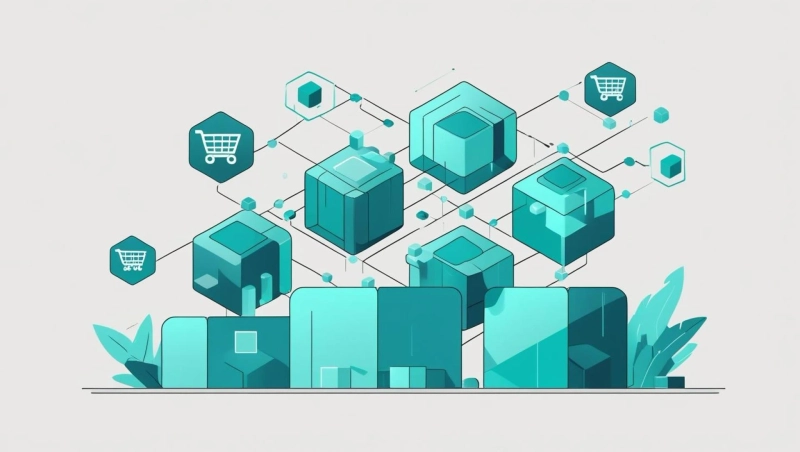As software development becomes increasingly reliant on open-source components, ensuring the security and compliance of these components is critical. Software composition analysis (SCA) has emerged as a key practice for identifying vulnerabilities, managing licenses, and maintaining overall software integrity. As we move into 2025, the landscape of SCA is evolving rapidly, and organizations need to stay informed about emerging trends to safeguard their applications.

Understanding Software Composition Analysis
At its core, software composition analysis involves scanning applications to identify open-source and third-party components. This process helps developers and security teams detect known vulnerabilities, track licensing obligations, and ensure that components do not introduce unnecessary risk into production software.
With the growing complexity of modern applications, traditional manual audits are no longer sufficient. Organizations increasingly rely on software composition analysis solutions that integrate with development pipelines to provide continuous monitoring and real-time alerts about vulnerabilities.
Trend 1: Integration with DevSecOps Pipelines
One of the most significant trends in 2025 is the seamless integration of software composition analysis SCA into DevSecOps workflows. Instead of being an isolated security step, SCA tools are now embedded within CI/CD pipelines, providing immediate feedback to developers during the build process.
This integration allows teams to catch vulnerabilities early, reducing remediation costs and minimizing the risk of releasing insecure software. Automated SCA scanning during code commits and builds ensures that security becomes a shared responsibility across development, operations, and security teams.
Trend 2: AI-Powered Vulnerability Detection
Artificial intelligence and machine learning are transforming the capabilities of software composition analysis solutions. AI can analyze large datasets of open-source vulnerabilities, detect patterns, and even predict potential security risks in components that have not yet been exploited.
By leveraging AI, SCA tools can provide smarter prioritization of vulnerabilities, helping teams focus on high-risk issues first. This approach enhances the efficiency of security operations while maintaining a proactive stance against emerging threats.
Trend 3: Focus on License Compliance and Legal Risk
Open-source licenses vary widely, and non-compliance can result in legal and financial repercussions. In 2025, SCA tools are increasingly focused on identifying licensing risks alongside security vulnerabilities.
Modern software composition analysis solutions now provide detailed reporting on license types and compliance requirements, helping organizations maintain transparency and reduce the likelihood of unintentional violations. Ensuring license compliance is becoming as critical as managing security vulnerabilities in open-source components.
Trend 4: Real-Time Monitoring and Continuous Updates
The open-source ecosystem evolves rapidly, with new vulnerabilities being discovered daily. SCA tools are shifting towards real-time monitoring, alerting teams immediately when a new vulnerability affects a component in their codebase.
This continuous approach allows organizations to respond swiftly, patching or replacing affected components before attackers can exploit them. Software composition analysis SCA is no longer a periodic task but a continuous security and compliance measure.
Trend 5: Enhanced Reporting and Risk Prioritization
Not all vulnerabilities pose the same level of risk. Advanced SCA tools now offer enhanced reporting capabilities, including risk scoring, exploit likelihood, and business impact assessments.
By providing actionable insights, these tools help development and security teams make informed decisions on which vulnerabilities to address first. This trend reflects the growing maturity of software composition analysis solutions, moving from simple detection to strategic risk management.
Trend 6: Cloud-Native and Container Security
With the rise of cloud-native applications and containerized environments, SCA tools are adapting to scan container images and cloud deployments effectively. Vulnerabilities can exist not just in application code but also in container layers or third-party services.
Modern software composition analysis solutions now extend their coverage to these environments, ensuring comprehensive visibility and protection. This trend aligns with the increasing adoption of cloud infrastructure and microservices architectures in 2025.
Conclusion
The future of software composition analysis in 2025 is defined by integration, intelligence, and continuous protection. Organizations can no longer treat SCA as a one-time audit; it must be an ongoing part of the development lifecycle, ensuring security, compliance, and risk management across all applications.
By embracing AI-powered insights, real-time monitoring, and integration with DevSecOps pipelines, companies can maintain a proactive stance against vulnerabilities. Additionally, focusing on license compliance and container security ensures that both legal and operational risks are minimized.
Investing in modern software composition analysis solutions and leveraging software composition analysis SCA practices will be essential for organizations seeking to build secure, compliant, and resilient software in 2025 and beyond.



